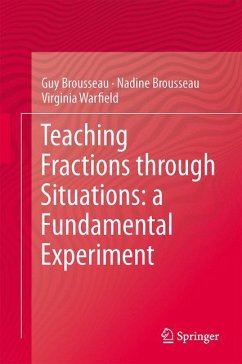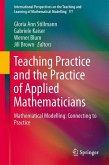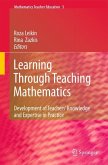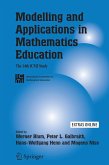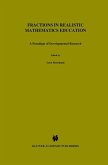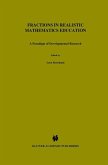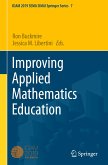This work presents one of the original and fundamental experiments of Didactique, a research program whose underlying tenet is that Mathematics Education research should be solidly based on scientific observation. Here the observations are of a series of adventures that were astonishing for both the students and the teachers: the reinvention of fractions and of decimal numbers in a sequence of lessons and situations that permitted the students to construct the concepts for themselves. The book leads the reader through the highlights of the sequence's structure and some of the reasoning behind the lesson choices. It then presents explanations of some of the principal concepts of the Theory of Situations. In the process, it offers the reader the opportunity to join a lively set of fifth graders as they experience a particularly attractive set of lessons and master a topic that baffles many of their contemporaries.
From the reviews:
"This book, intended for teachers, mathematics education researchers, and mathematicians, is about developing and teaching a curriculum for teaching fractions. ... the book describes three 'adventures' -- the adventure of the researchers while discovering and testing a curriculum for rational number learning, developed using the theory of didactical situations (Chapter 4), the adventure of the teachers implementing that curriculum (Chapter 3), and the adventures of the students experiencing that curriculum (Chapter 2)." (Annie Selden, MAA Reviews, February, 2014)
"This book, intended for teachers, mathematics education researchers, and mathematicians, is about developing and teaching a curriculum for teaching fractions. ... the book describes three 'adventures' -- the adventure of the researchers while discovering and testing a curriculum for rational number learning, developed using the theory of didactical situations (Chapter 4), the adventure of the teachers implementing that curriculum (Chapter 3), and the adventures of the students experiencing that curriculum (Chapter 2)." (Annie Selden, MAA Reviews, February, 2014)

